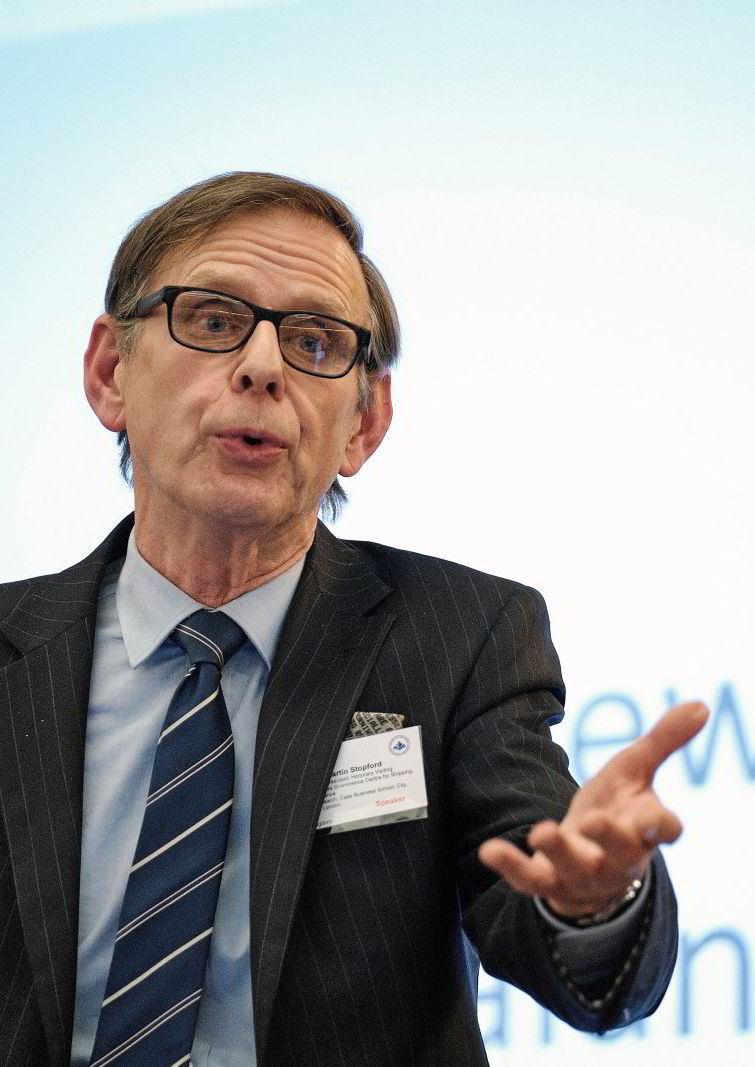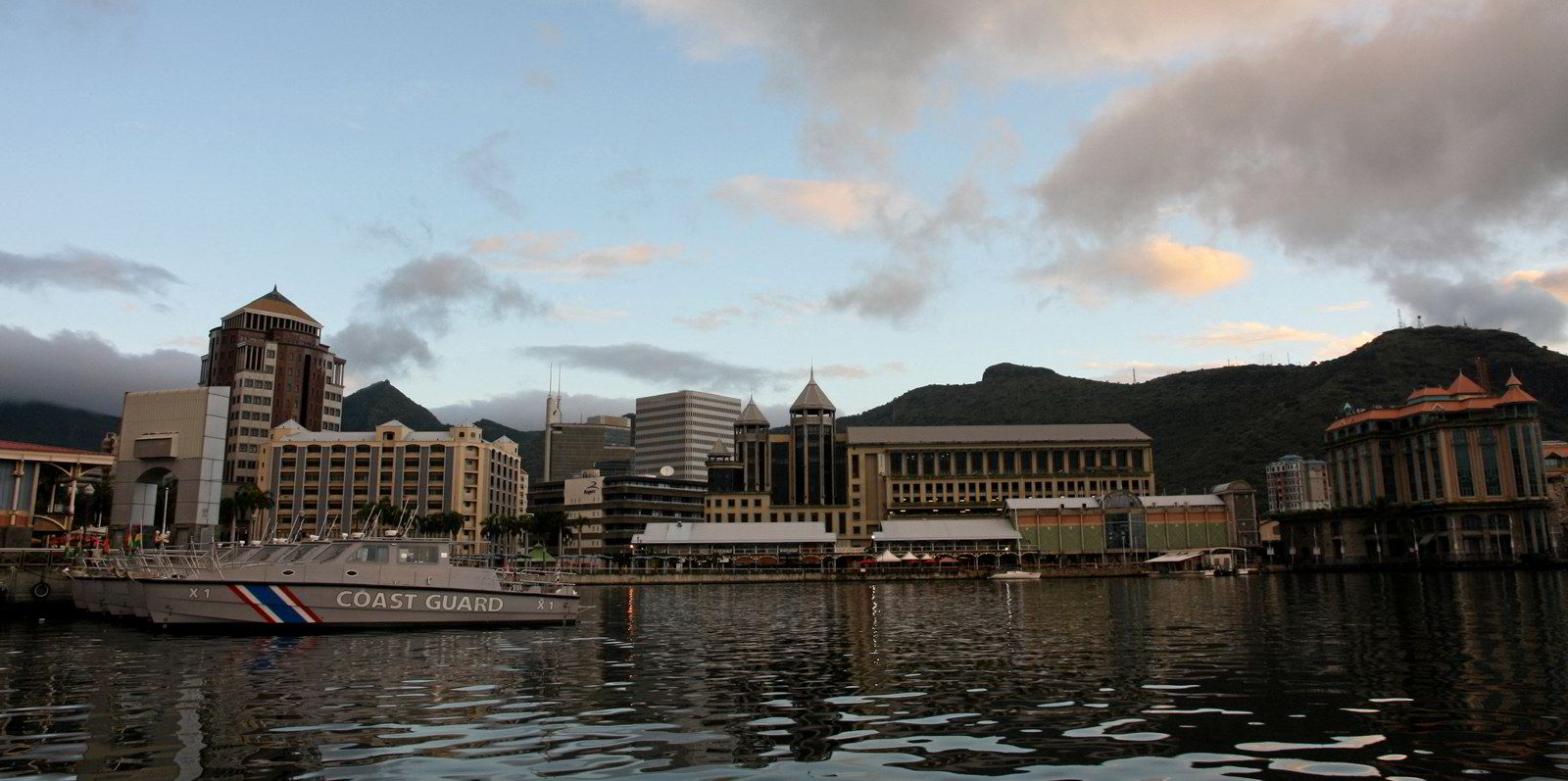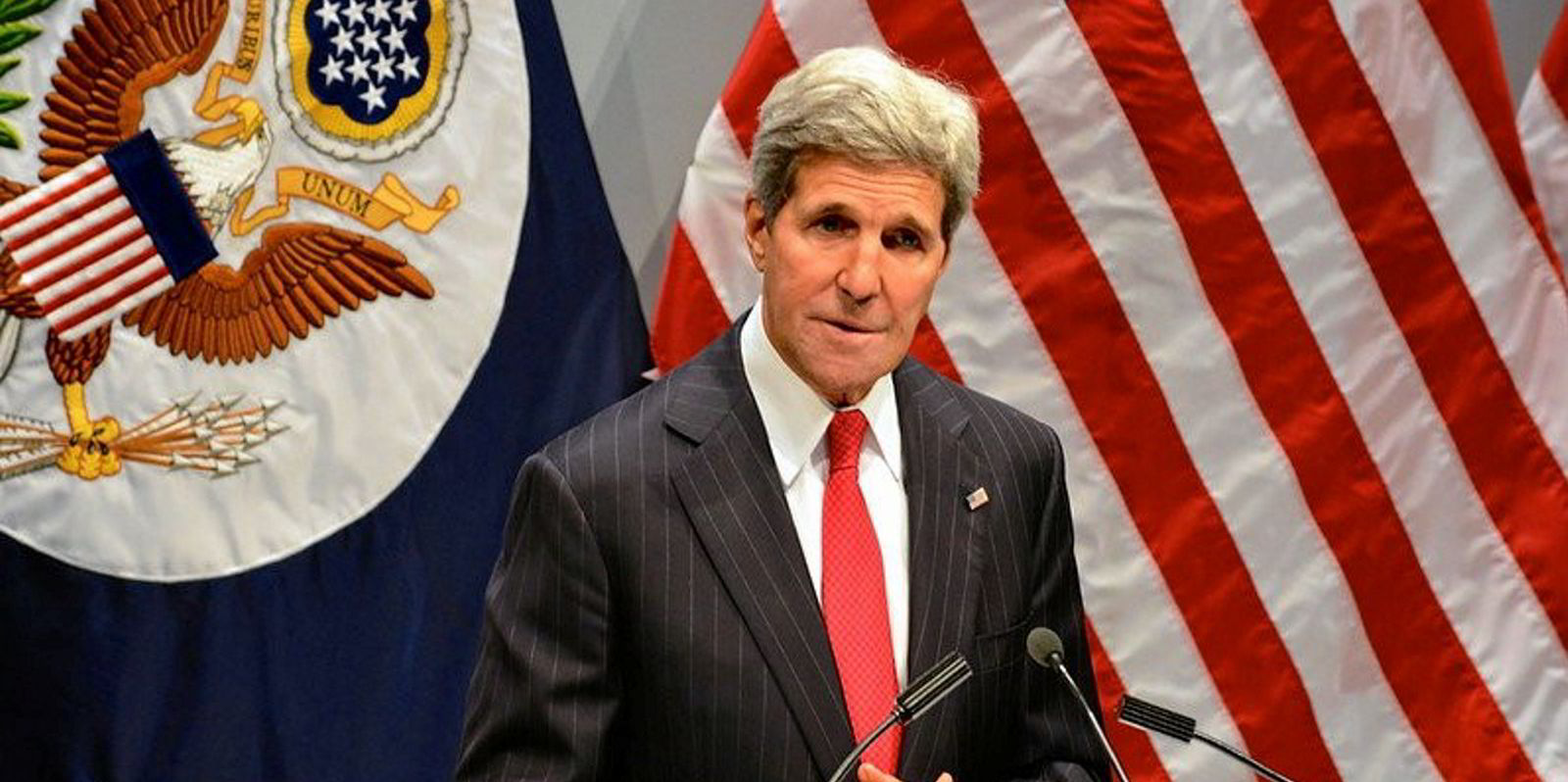Martin Stopford came up with a jaw-dropping figure last week for the cost of building a low-carbon fleet.
The renowned shipping economist estimated that the total investment needed to halve greenhouse gas (GHG) emissions from international shipping by 2050 could amount to $3.43trn.
Owners and operators would have needed to replace ships over the period, he added, but the bill to do so would be inflated because high-tech vessels could cost a lot more than existing vessels.
Fortunately, the World Bank has also recognised the need for shipping to decarbonise and sees ways it can help out with the cost of green fuels.
Within days of Stopford’s comments, the bank had published two reports into decarbonising shipping. It said its research indicated significant business opportunities for developing countries — especially those with large renewable energy resources — to break into a future zero-carbon fuel market while modernising their own domestic energy and industrial infrastructures.
This wide-scale production is what will reduce the cost of alternative shipping fuels, most commentators believe.
The World Bank argued that LNG should play a limited role in shipping’s decarbonisation and that “countries should avoid new public policy that supports LNG as a bunker fuel, reconsider existing policy support and continue to regulate methane emissions”.
It also relegated biofuels to a minor role in shipping’s future energy mix, due to limitations in the availability of sustainable feedstock and potential high demand across other industries.
Zero-carbon fuels will need to represent at least 5% of the bunker fuel mix by 2030 to put shipping on a GHG trajectory consistent with the International Maritime Organization’s initial strategy and the Paris Agreement’s temperature goals, said Binyam Reja, the World Bank’s acting global director for transport.

He said this scaling up fitted well with the bank’s critical role in helping emerging economies accelerate their targeted development.
He added that the impacts of maritime transport on ocean health are at the heart of the bank’s aims to transition to a blue economy — that is, one initially using natural gas combined with carbon capture and storage before moving to green versions of ammonia produced using renewable energy.
An estimated $1trn opportunity from decarbonising shipping would see about 85% of investments going towards land-based infrastructure such as renewable energy supply and fuel synthesis, the bank said.
In evaluating developing countries that are geographically well placed and have the potential to take advantage of abundant low-cost renewables for producing green ammonia, the World Bank presented case studies for Brazil, Malaysia, India and Mauritius.
Brazil was selected as well positioned to produce blue ammonia; Malaysia to produce blue ammonia initially and green ammonia eventually; and India to produce green ammonia. Mauritius was chosen as a small island state interested in developing a bunkering hub.
The report did not claim these were the only or best places for this, but made cases for what they could achieve.
Brazil, for example, could generate about 19m tonnes of blue ammonia a year with an associated capital investment of $24bn, while 85m tonnes a year, which would meet 9% of global demand in 2050, would require $107bn, the report suggested.
India’s solar power potential led to an estimate that it could develop green ammonia production ranging from 260,000 tonnes to 678,000 tonnes per day, with an associated electricity demand of between 6.5% and 17% of its renewables potential. The lower amount, equivalent to 95m tonnes a year, would require investment of $147bn, while the higher level of 248m tonnes a year would require $385bn and meet 27% of global demand in 2050.
Malaysia is a hub for container shipping that could produce from 4m tonnes of blue ammonia at a capital investment of $4.8bn, up to 32m tonnes for $40bn. And if it stepped up its solar generation, producing 8m tonnes of green ammonia annually would need investment of $12bn, while 63m tonnes would require $98bn.
Mauritius has plans to develop Port Louis into a global bunkering hub and has abundant solar potential for the production of green ammonia. Its ambition to sell 1m tonnes of fuel per year, compared with less than 300,000 tonnes in 2014, would require capital investment of $1.6bn.
Those frightening figures for shipping begin to look a bit more manageable if the World Bank can get its act together in helping developing countries produce cheaper alternative fuels that ship operators can source easily for those new vessels.






